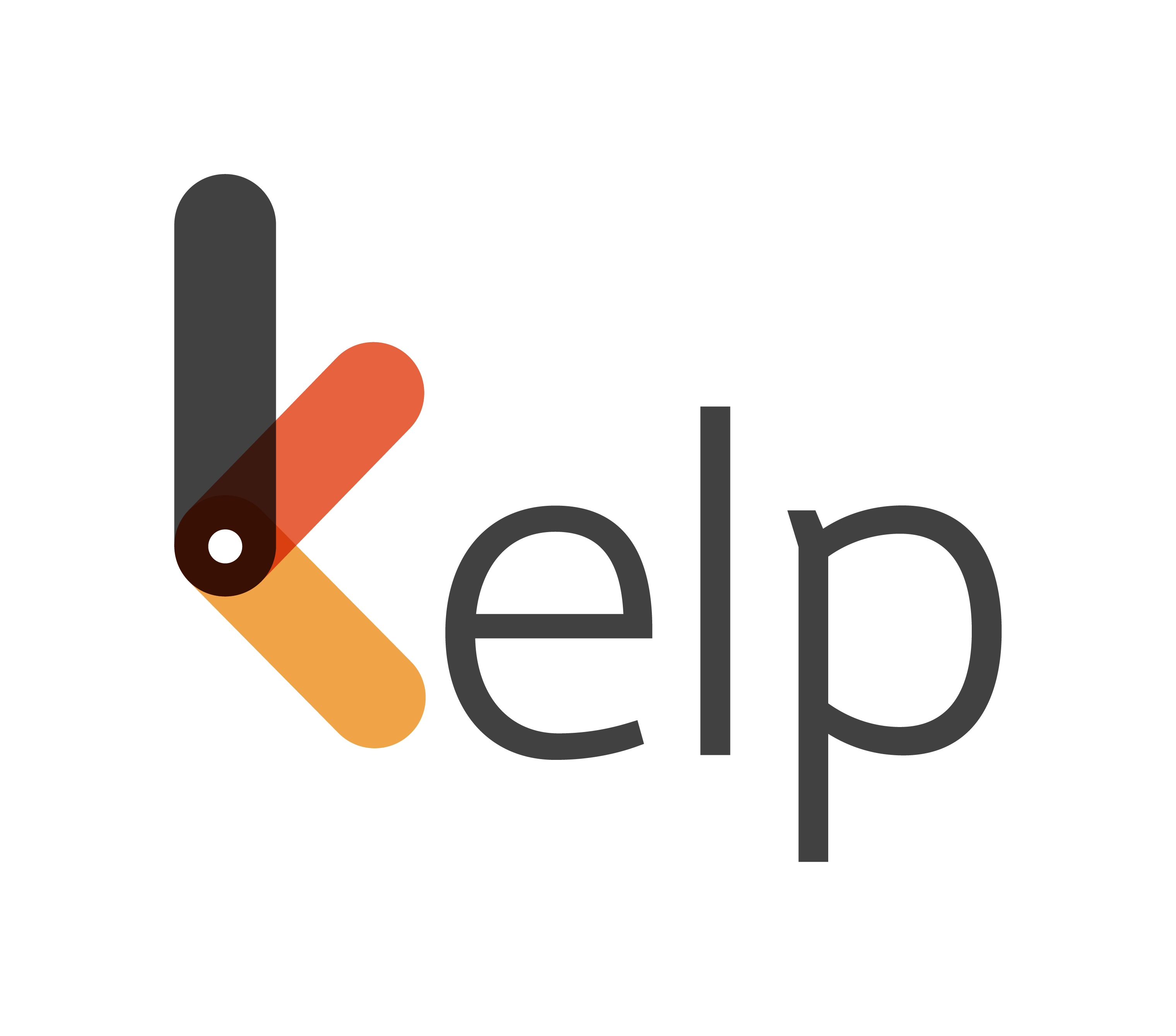Policy – What to keep in mind when designing your company policy?
As an HR practitioner, one of the things that you may have possibly done in the course of your career is to write policies or reviewed them. It seems like an easy and simple thing to do. But a good policy has many aspects that make it a valuable document, for employees.
Here are some basic guidelines to keep in mind when you design your company’s policy.
- Well-defined purpose – Sharing the reasons for the policy’s existence is very important. You might have introduced it to meet a specific need or provide a specific benefit. It might have come into play because of your business operations or a market best practice. Being clear in your communication of why the policy is present gives the employee a good idea of the background.
- Specific objectives – Be specific on what the policy intends to do, or the organization plans to do through the policy. Giving your employees that line of sight works well. It lets them know that the policy has been designed in a well thought-through manner.
- Eligibility Criteria and differentials – The coverage must be shared clearly. There needs to be an explanation of why a set of employees are eligible for it and not the others. All organizations, as a good practice, try to ensure that the reasons are shared in the policy, to prevent disengagement, over any kind of differential provision.
- Linkages – Most policies flow from and to the others. So these linkages should be mentioned in some form because the employee gets impacted by them. For example, the results of the performance management policy will result in compensation, variable pay and even training policy to be followed. As HR practitioners we understand that. But employees need to be made aware of this so that they can envision the overall impact.
- Provisions – The steps that need to be part of the process should be clear. Provisions also mean the benefits that the employee gets through the policy. For example, training policy must mention how its designed to ensure that employees remain upskilled as per business needs. Alongside that mentioning where to access related documents will guide the employees. So all the forms that are linked to the policy or the online platform where the soft copy is saved, should be clearly mentioned.
- Exceptions – Are there any exceptions to the policy based on situations? Clearly stating those in the policy itself makes sure that there is no or minimal room for misinterpretation. Employees are aware of what might fall outside the purview of the current policy.
- Escalations – Mentioning the escalations that need to be done incase an employee has some concerns with the policy, gives the employee a sense of trust that he or she has the option to reach out. Conversely, there are times when managers might want to know how to deal with a situation when an employee consistently disregards a policy provision. The points of escalation should be covered.
These guidelines will help you design a comprehensive policy which is also concise and clear. If written well, a policy can be more than just a document that conveys a process or rules. It becomes a powerful engagement tool for the organization.







